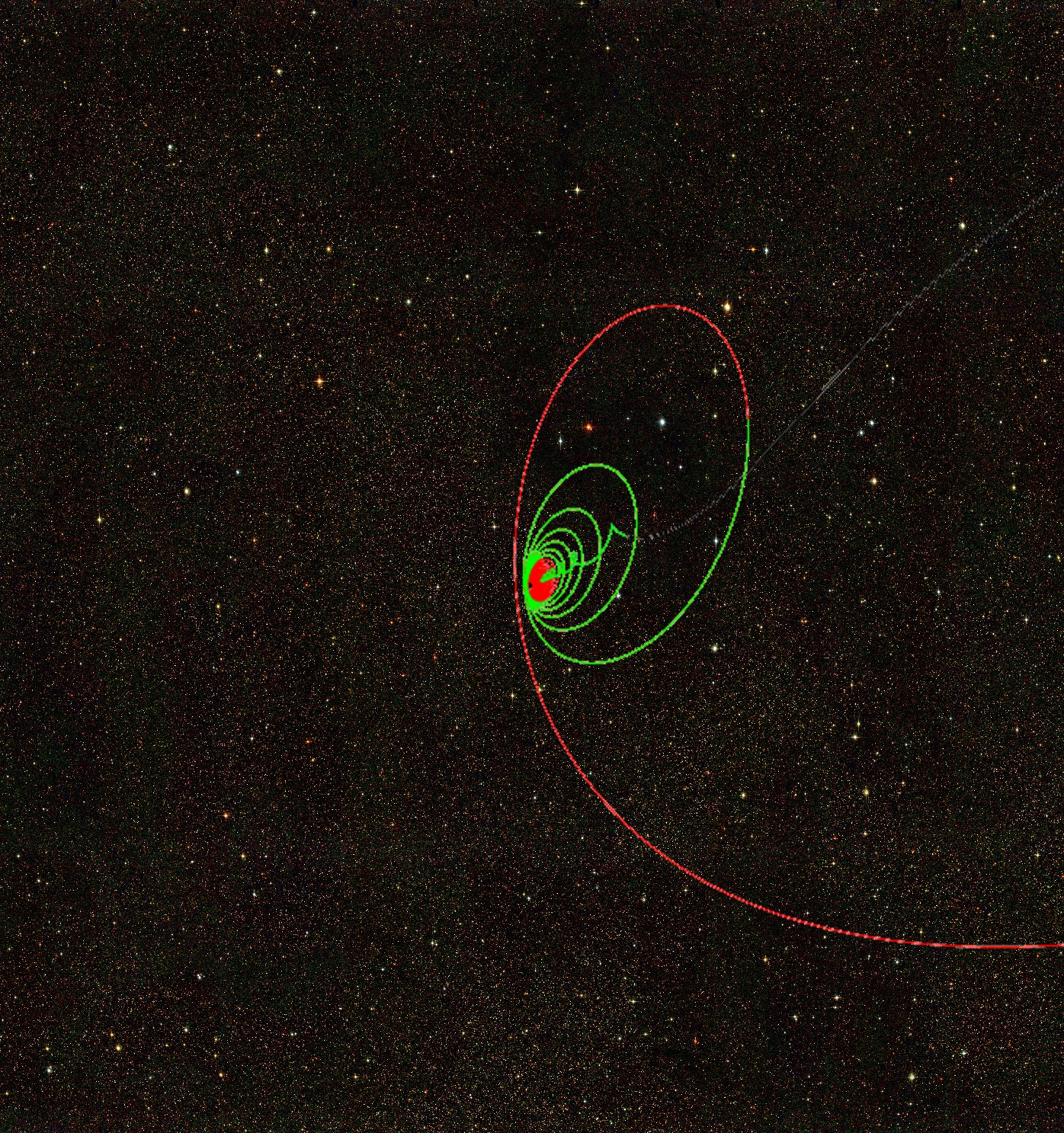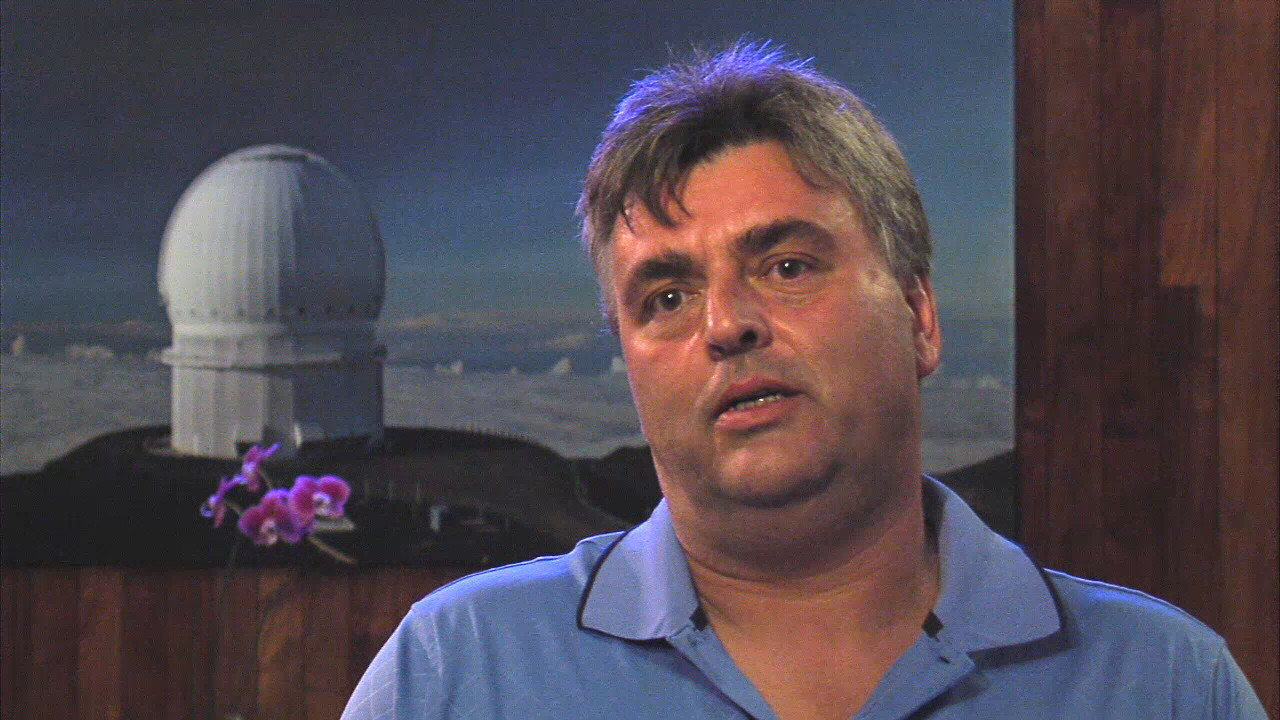Video by David Corrigan (images of Pluto courtesy NASA)
WAIMEA, Hawaii – As the world celebrates the new imagery of Pluto captured during the historic flyby of the New Horizons spacecraft, we speak to Daniel Devost, the Director of Science Operations at the Canada France Hawaii Telescope, about how the CFHT helped NASA with the inspiring mission.
The Canada France Hawaii Telescope issued this media release explaining more:
New Horizons is roughly 2.5 meters (8 feet) across and weighed approximately 480 kilograms (1,050 pounds) – about half a ton – when first fueled. It travels a the tremendous Earth-relative speed of about 16.26 kilometers per seconds (58,536 km/h; 36,373 mph). At this speed however, New Horizons will only be able to make a flyby close to Pluto and will not be able to enter orbit. Entering orbit would mean that operators would have to reduce the craft speed by over 90%, which would require more than 1,000 times the fuel that New Horizons can carry.
Nevertheless, a series of maneuvers are needed for a collisionless approach to Pluto so an accurate mapping of the objects close to or in the Plutonian system is crucial. In order to achieve this, the New Horizons team performed several images scans for smaller objects, for both intrinsic scientific interest, and as potential collision hazards. However, in order to enable the hazard search, New Horizons required a high-precision flux/position reference system.
CFHT discretionary time awarded to JJ Kavelaars at the CADC in 2014 turned out to be the best dataset to do just that. During the 2014A semester, Kavelaars and collaborators used MegaCam to refine Pluto’s astrometric system, improving our knowledge of Pluto’s orbit and aiding the New Horizons pre-encounter hazard search team. The catalog resulting from these observations allows more precise calibration than any other wide field imager currently in operation due to the decade long use of MegaPrime on CFHT and the precise calibration system developed for this camera by Stephen Gwyn at the CADC. CFHT/MegaPrime astrometric reference catalogue is now being fed directly into the navigation process for guiding New Horizons into it’s final encounter with the Pluto system. – Canada France Hawaii Telescope on July 10, 2015

Courtesy Canada France Hawaii Telescope: CFHT data taken as Director’s Discretionary time. The line shows the position of Pluto as seen by the spacecraft with respect to the background stars. The colors indicate times: green indicates the interval to between 45 and 6 days pre-encounter when the search for hazardous debris occurred. Credits: Stephen Gwyn, Canadian Astronomical Data Center.

Daniel Devost, the Director of Science Operations at the Canada France Hawaii Telescope, talks about Pluto

by Big Island Video News8:56 pm
on at
STORY SUMMARY
MAUNA KEA - As the world celebrates the new imagery of Pluto captured during the historic flyby of the New Horizons spacecraft, we speak to Daniel Devost, the Director of Science Operations at the Canada France Hawaii Telescope, about how the CFHT helped NASA with the inspiring mission.